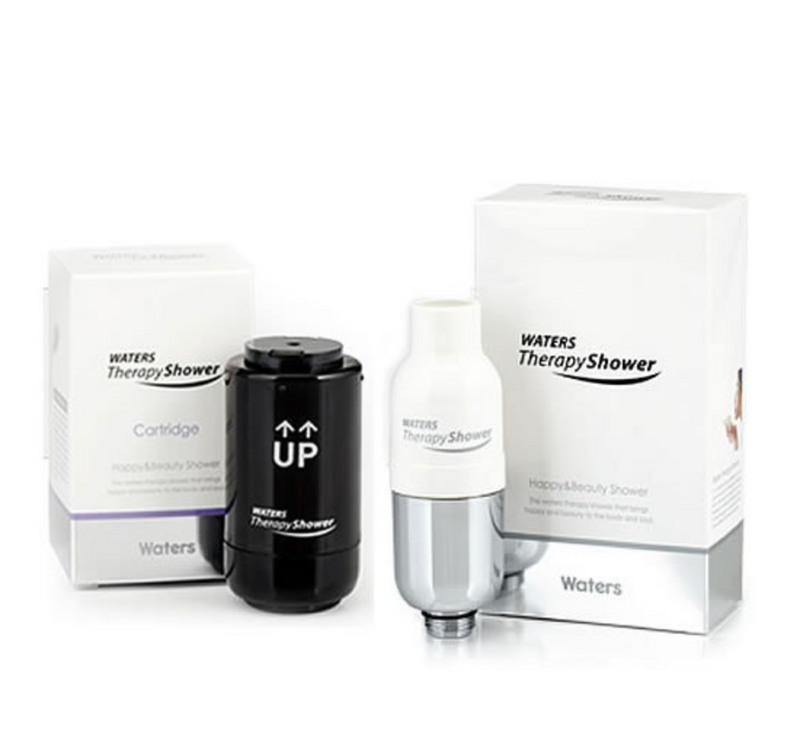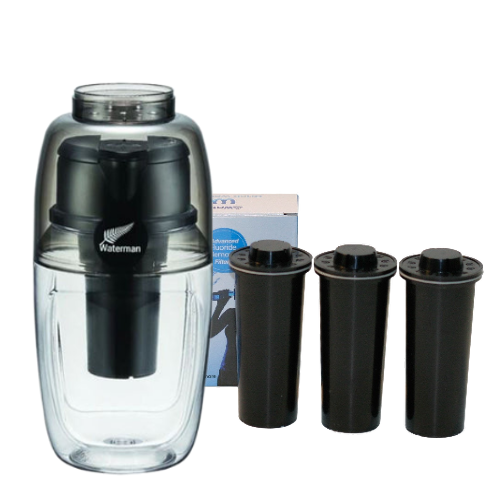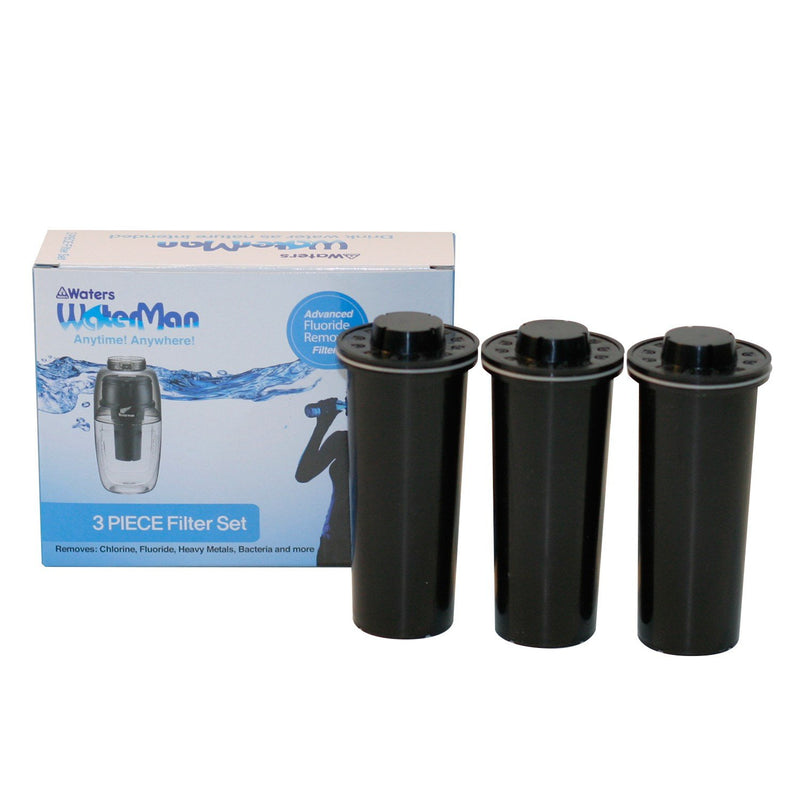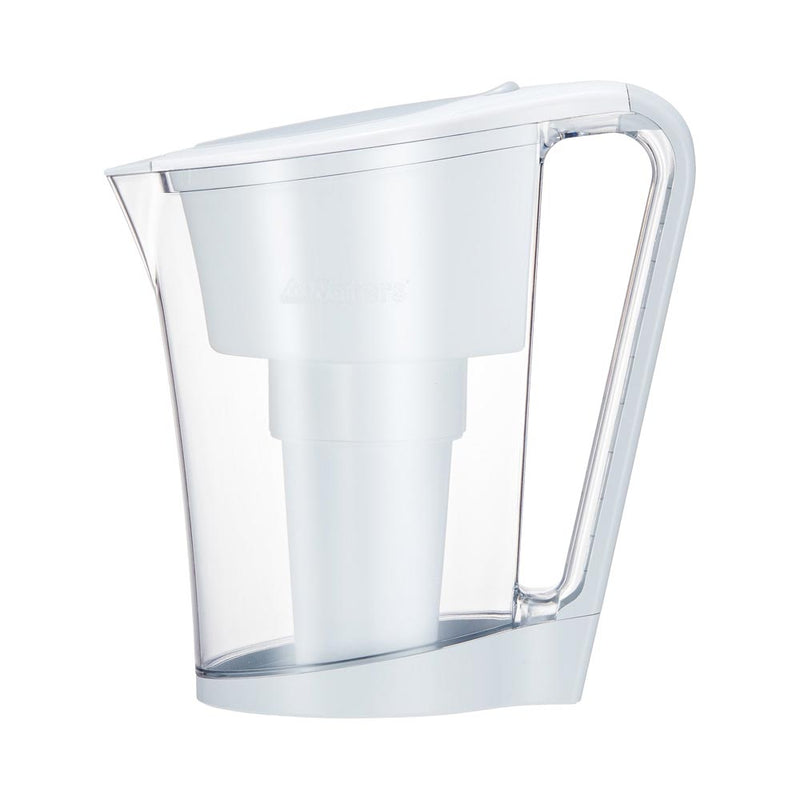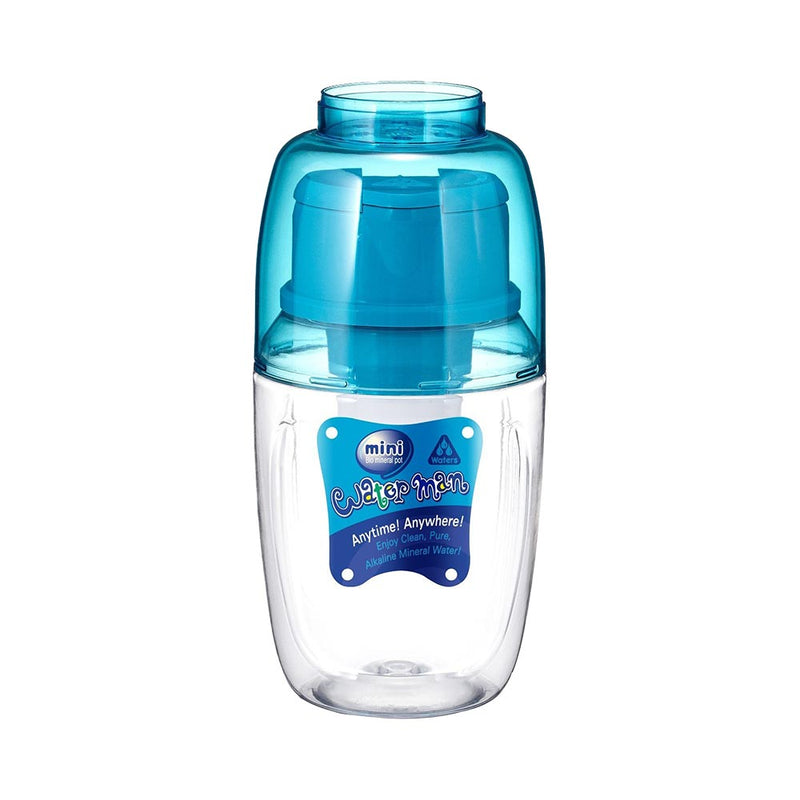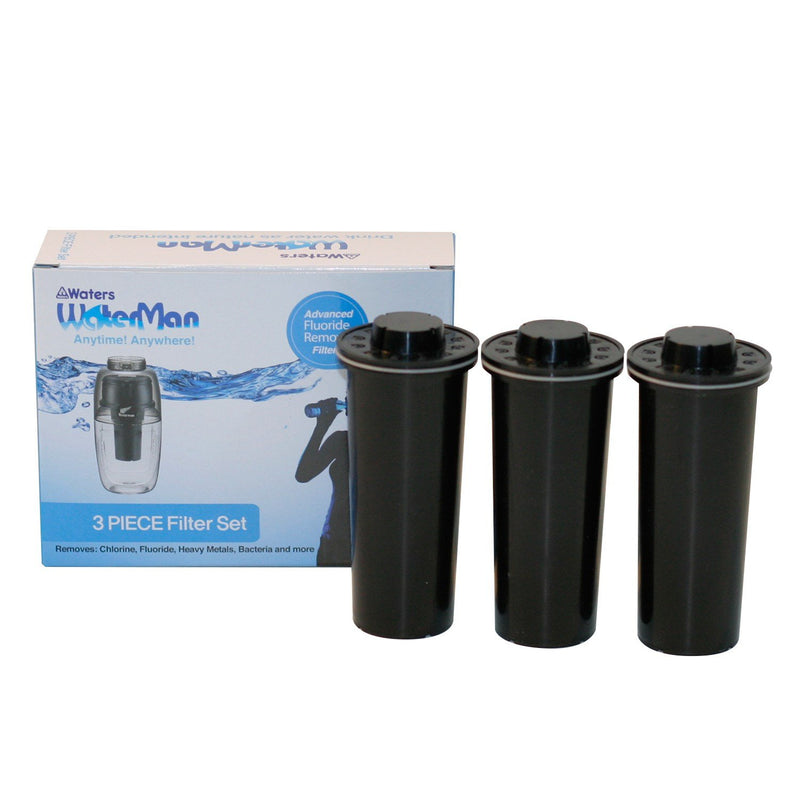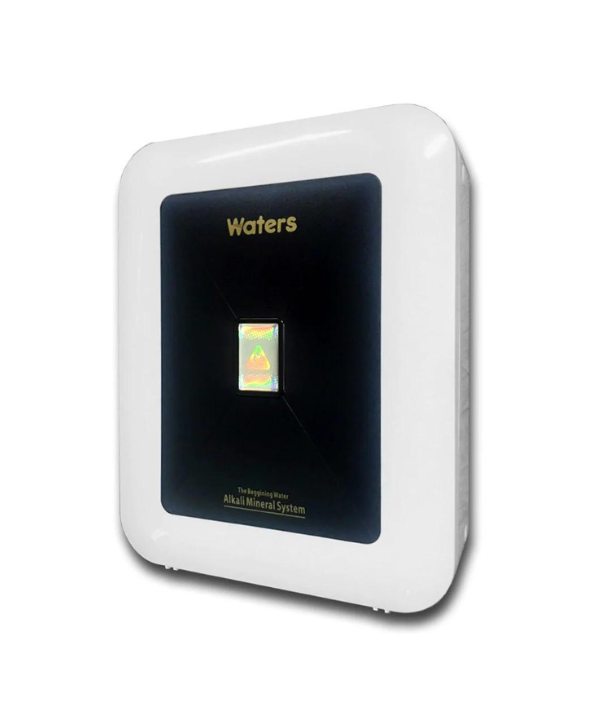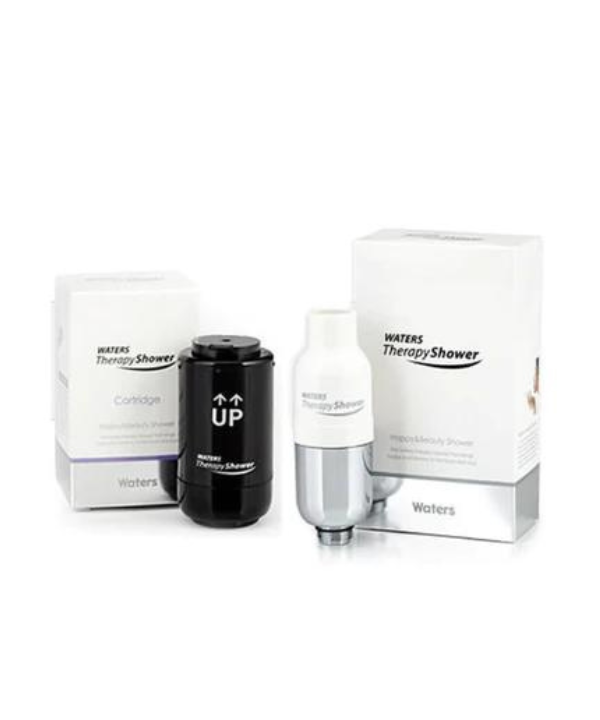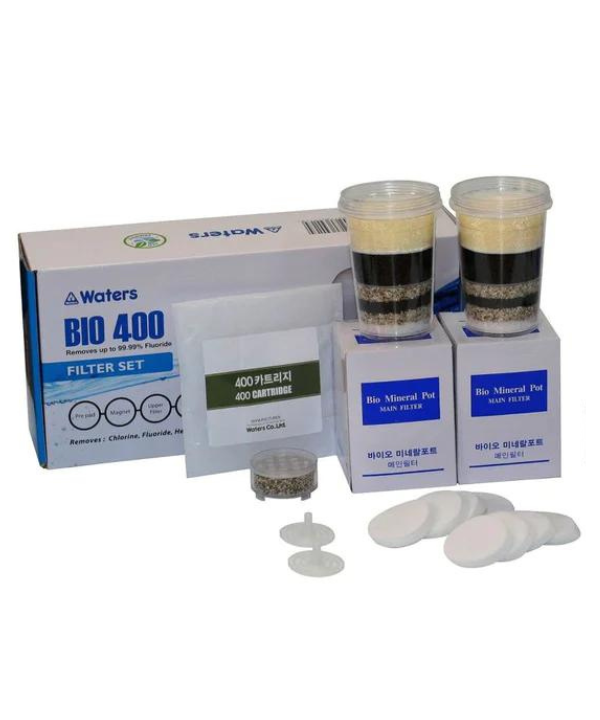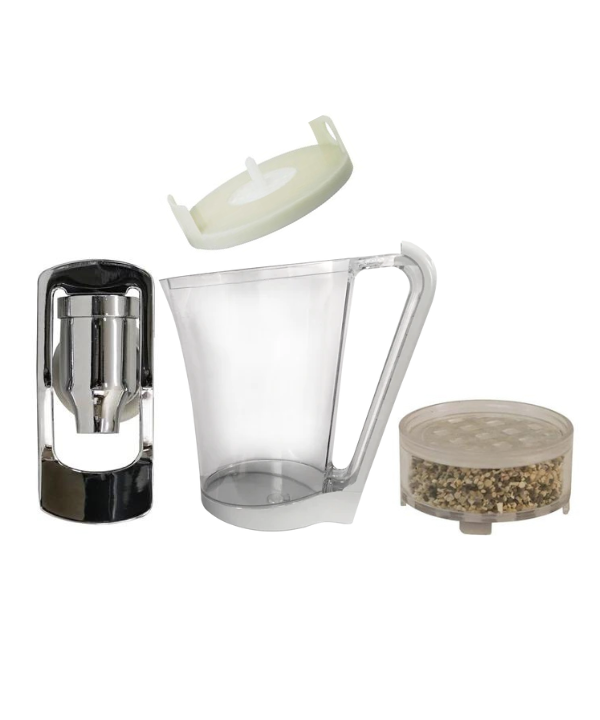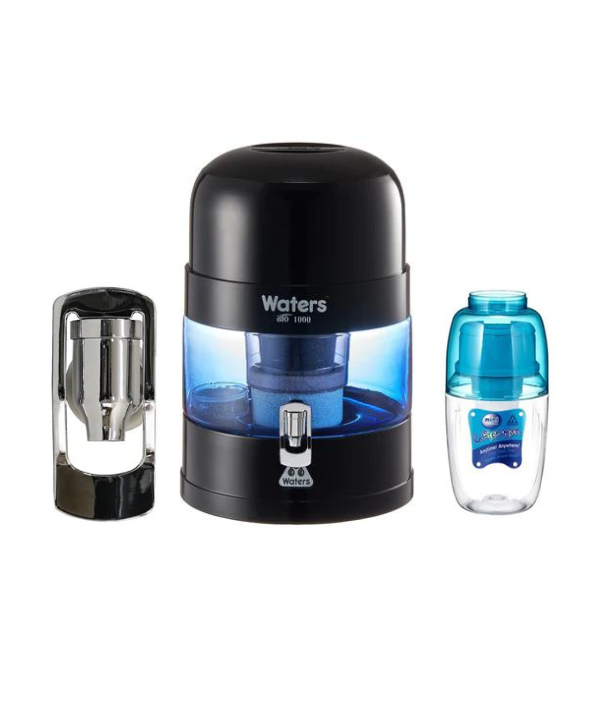Technology Matters
Common Types of Water Filter
Ceramic
Ceramic filters are normally a cartridge, style filter. They are used in a bench top or under sink systems. Ceramics are comprised of fossil substances, made up of tiny silicon shells. Contaminants are trapped in the pores of the ceramic. These systems are effective but require more maintenance than carbon filters can be more expensive.
Distillation
Water Distillers can create the purest water. Removing the highest levels of contaminants. Unfortunately they are expensive to buy & maintain. Distillers are very limited in their capacity to produce sufficient water in a domestic environment. This is due to the processing time required to produce the filtered water, up to an hour per litre depending on capacity of the system.
In recent years there has been growing awareness of distilled purified water's effects, which, disturb the balance of minerals in our body. Distilled water is also lifeless & acidic. If you are looking at using a distiller I suggest using a final stage to reintroduce alkalinity, life & nutrients into the water.
It is now understood that dissolved minerals in the water are more beneficial than purified water. Minerals serve an important function in supporting the body's immune system and metabolism.
R/O Reverse Osmosis
Reverse osmosis process basically draws water through an extremely fine membrane. The membrane acts as an extremely fine filter to create drinkable water. R/O systems are famous for their ability to remove contaminants in very high percentages. The contaminated water is processed to one side of the membrane (This becomes waste water commonly flushed down the drain.) and the purified water to the other side (Tap outlet). R/O systems require a lot of pressure and are slow in production of water. The result is extremely finely filtered water.
The drawbacks to R/O systems are expensive to purchase & maintain. They are prone to bacteria build up if not properly maintained. Similar to Distilled water the outcome is water, which is lifeless, devoid of nutrients & minerals and is acidic in nature. Again this is not what our bodies crave & is not highly effective in the hydration & supplementation of our cells.
Additionally a relatively unknown fact is that R/O systems produce up to 7 litres of wasted water to every single litre of consumable water. I feel that this has been well hidden by companies selling these filter systems & is rarely documented in their information on the systems. I feel very strongly about this issue, being that we live in a time where we must be conscious of our impact on the usage of this precious resource for the sake of our own future & that of generations to come.
Activated Alumina
Activated alumina is a filter media made by treating aluminum ore (bauxite) so that it becomes porous and highly adsorptive. It consists mainly of Al2O3. The production process includes calcination at 500°C, which at the same time removes all organic substances. Besides the main components some trace elements may be present and the composition of the activated alumina may vary depending on the source of bauxite.
Commonly used in cheaper domestic filters quoting high percentages of fluoride removal, this filtration media can vary greatly in quality, performance and has a very limited lifespan. The percentage of fluoride removed is greatly dependent on the pH of the water (the higher the pH the less effective) and has shown to leech alumina (aluminium) back into the water.
Activated Carbon
Made from granulated coconut shell husk that is heat-treated to open up pores, which absorb the contaminants. These systems are the most common & are very reliable. However there is a significant difference in the quality of these systems & the level of contaminants removed as well as lifespan. Carbon filters come in many different styles from portable bottles, Jug filters, Bench top units, tap filters, under sink plumbed in & whole of house systems. Most are easy to install or require no installation, which are becoming more & more popular with today’s increasingly mobile populations. Carbon filters are relatively inexpensive and offer excellent value for money. They are simple to install, relatively economical, and depending on absorption ability, will filter out very high percentages of the most common contaminants.
Some carbon filters are enhanced, by bonding activated nano-silver, which provide antibacterial protection, killing most types of organisms.
UV UltraViolet
UV systems use high frequency light to irradiate water through a glass element. Water passes through the element & is exposed to the light, killing all living organisms.
UV systems are beneficial where the possibility of serious illness occurring from localised water is high, especially from organic matter & excrement in the water. Commonly used in third world countries & for rural properties, which rely on rainwater tanks. Again these systems are expensive & limited in capacity to remove other contaminants, requiring additional stages of filtration such as membrane, carbon or ceramic. UV systems also require elements be replaced at regular intervals to ensure they are effective.
Ioniser
Water ionizers are not designed to be water filters and should not be confused as such. Although most ionizers have on-board water filters, these cartridges simply do not have the capacity to intercept the broad range of contaminants inherent in most water being supplied to homes today. Each water source has distinct characteristics which may or may not include, organic & inorganic substances, heavy metals (lead, copper), nitrate, chlorine, chloramines, fluoride, pesticides, herbicides, pharmaceuticals, industrial contaminants, arsenic and more.
Water ionizers range in price from just under $1000 to over $4000 they are the most expensive way to filter water. Adding to the cost of the machine, typically the onboard replacement filters can have an ongoing cost of well over $100 per annum.
Water ionisers have become very popular in the western culture with thanks to some clever marketing (Much like bottled water). It has yet to be proven they have long term health benefits and many highly respected physicians, in both mainstream and alternative health have shown as many counter productive health issues as there are productive.
Water ionizers are electrical devices that convert ‘regular’ water into two simultaneous streams of ‘functional’ water, each with distinct benefits and uses.
One stream is alkaline antioxidant water for drinking. The other stream is acid oxidising water for external use.
Ionizers accomplish this by a process called electrolysis. All brands of water ionizers employ this same technology and most, to date are manufactured in Asia.
The purpose of these devices medically speaking is for the neutralisation of stomach acid and they were never designed or intended for domestic use. In most Asian countries, from which they originate it is prohibited to advertise these systems for domestic use as they are recognised as a medical device for short-term use under prescription and professional guidance.


